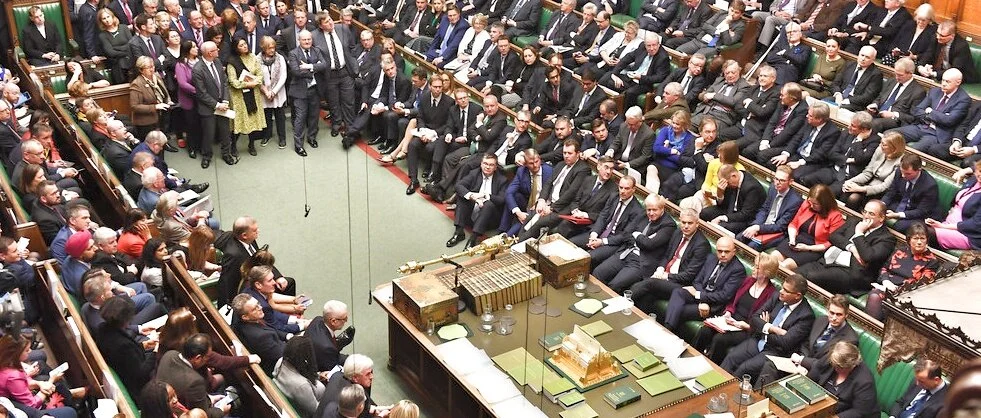What is TR?
TR, Total Representation is a simplified variant of the Single Transferable Vote. It preserves the Westminster model of FPTP and infuses it with a dose of PR to ensure a greater representation of the electorate. TR’s appeal is in the way it carries out reform of the First-Past-The-Post electoral system with minimum upheaval. Its distinctive feature is the way it gives weight to the votes of unsuccessful candidates and brings fairness into the electoral process.
It fuses an element of Proportional Representation into our present First-Past-the-Post system whilst still retaining the all important link of MPs to their Constituency; and most importantly it’s dead simple. The voter places a cross on a simple ballot in exactly the same way as they do today!
How does TR work?
TR is a constituency-based system. For it to work properly, constituencies need to have a similar number of voters each to avoid gerrymandering. The majority of seats in parliament (say 90%) will be awarded to the winners of these races, just as they are under the Westminster system today. So each party puts up candidates for election in the constituencies. Their names appear on the ballot paper in alphabetical order and next to each name is the party he or she represents. However, these candidates also appear on their own party’s national “list” of all its candidates headed by the party leader.
From then on, the innovations begin. All the “successful” ballots drop out. So if you voted for candidate X and candidate X wins, your ballot is judged to have already secured representation. As for the “unsuccessful” ballots (for example, if you voted for candidate Y, but candidate Y did not win in your constituency) these are placed in a giant nationwide pool – and it is from these that the remaining seats (10% for example) are decided using the PR method and awarded to the various parties to select Party Members of Parliament (PMPs)
These remaining seats are allocated proportionally amongst the parties according to a quota of a minimum number of required votes per seat. This is reached by dividing the number of “unsuccessful” votes by the number of the remaining seats. Obviously in, for example, an 90/10 FPTP/PR system as recommended here the legitimacy and the status of the PMP is assured by the fact that he needs often 3 to 5 times as many party voters countrywide to be elected as that needed by the CMP in the constituency.
Unlike in other list-based systems, the way these seats are awarded depends crucially on how the candidates performed in the constituencies. With the exception of the party leader, who – if unsuccessful first time around – is automatically allocated the first PMP seat secured by that Leader’s Party. All the other PMP seats will end up being awarded to those candidates who scored highest in the first-past-the-post part of the election (in other words, the strongest runners-up) depending on the support that their respective parties’ level of support even when they lack sufficient strength in any particular constituency. Everything therefore depends on the number of votes each potential PMP candidate and his/her party secures.
Why is TR better than the alternatives?
TR needs one ballot paper with one vote. It is simple to operate and less confusing to the voter than other competing systems like AV or AMS. TR requires all candidates (including those competing in ‘Party Lists’) to start off by running in the constituencies. It does not require long list ballot papers which mix party allegiances and confuse the busy citizen in the voting booth.
The PR element of TR gives an active role and leverage to the runner-ups in the constituencies by keeping their hopes alive in between elections even in “safe seats”. Thus TR converts the rival runner-ups into vigilant watch-dogs, monitoring the incumbent MPs and guaranteeing their constant accountability.
“TR is so attractively simple that it leaves us wondering why no-one thought of it before! It demands the attention of politicians, policy-makers and all those concerned with democratic reform.”
“Total Representation, which combines the single member constituency system with an imaginative (and flexible) way to get additional members from the best losers…. It deserves to be widely read, and discussed. I hope it will generate the kind of informed debate on the issue that is now so badly – and urgently – needed.” ”

